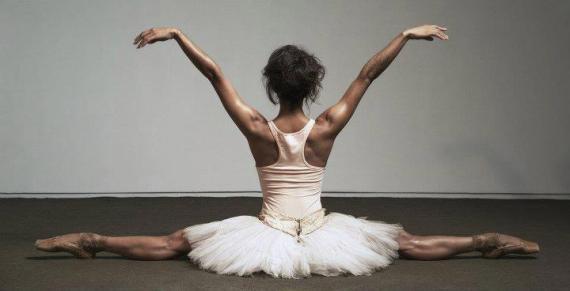http://passionconnect.in/articleview/articleid/Dance-In-Mathematics-And-The-Mathematics-Of-Dance
This website talked about several different kinds of math involved in ballet however since I narrowed my topic to symmetry and ballet I only focused on the symmetry portion of the website. This website talked about both symmetry and asymmetry. It explained that if something has symmetry then it can be rotated, shifted, or reflected and still end up looking the same. When watching a choreographed dance, one thing you’ll notice is the use of the symmetry of motion, in both that of an individual dancer and that of a group.Another thing you’ll most likely notice is the use of asymmetry as a method to break the eye from the scene, or to demonstrate dissent within the piece.

